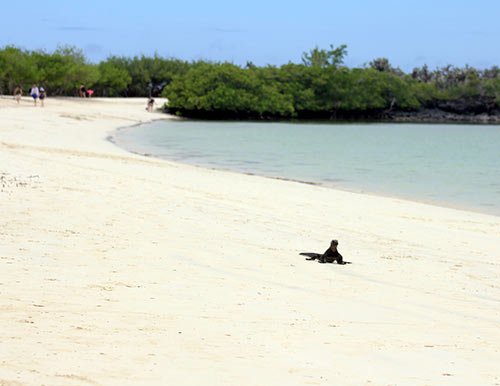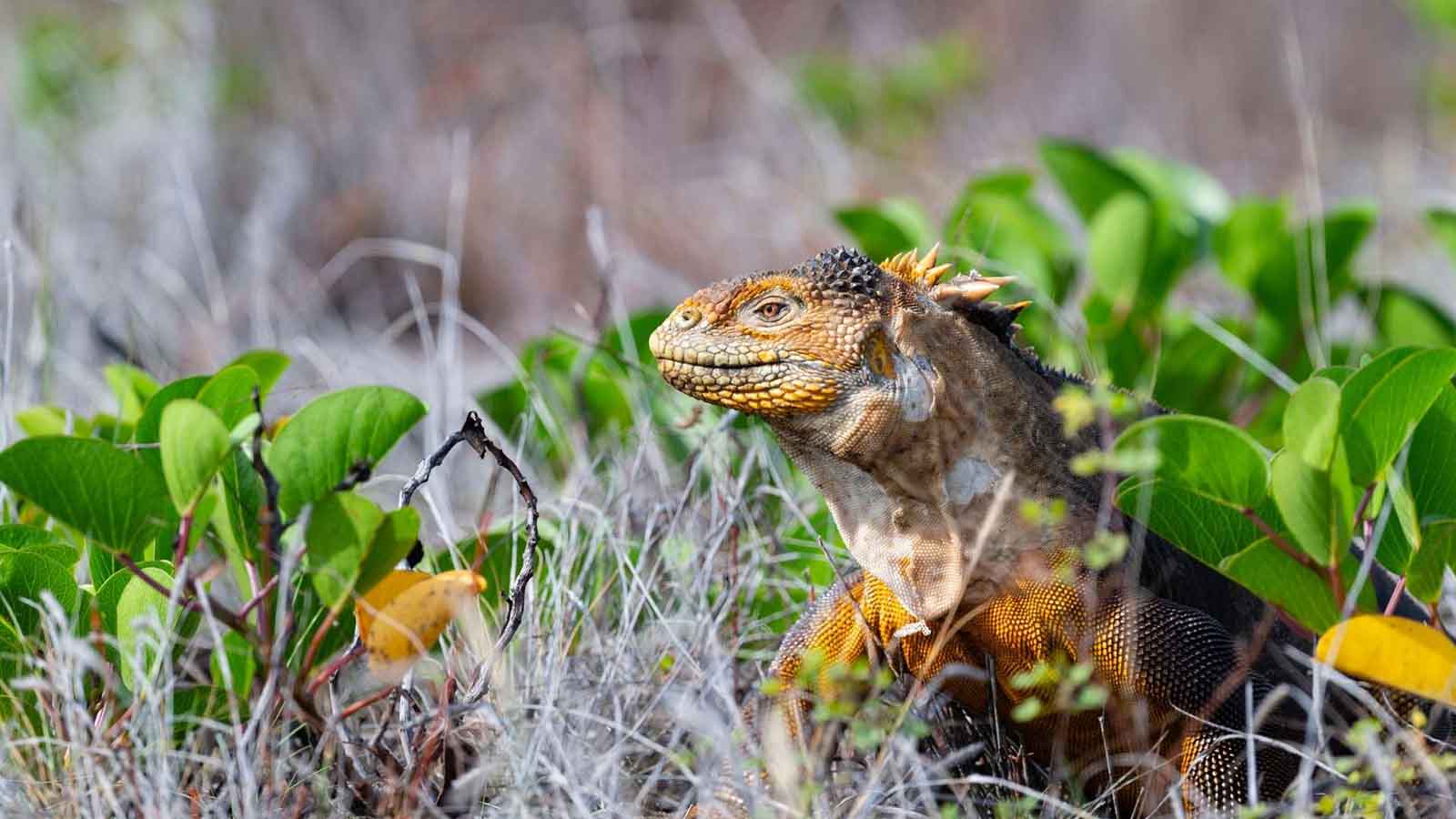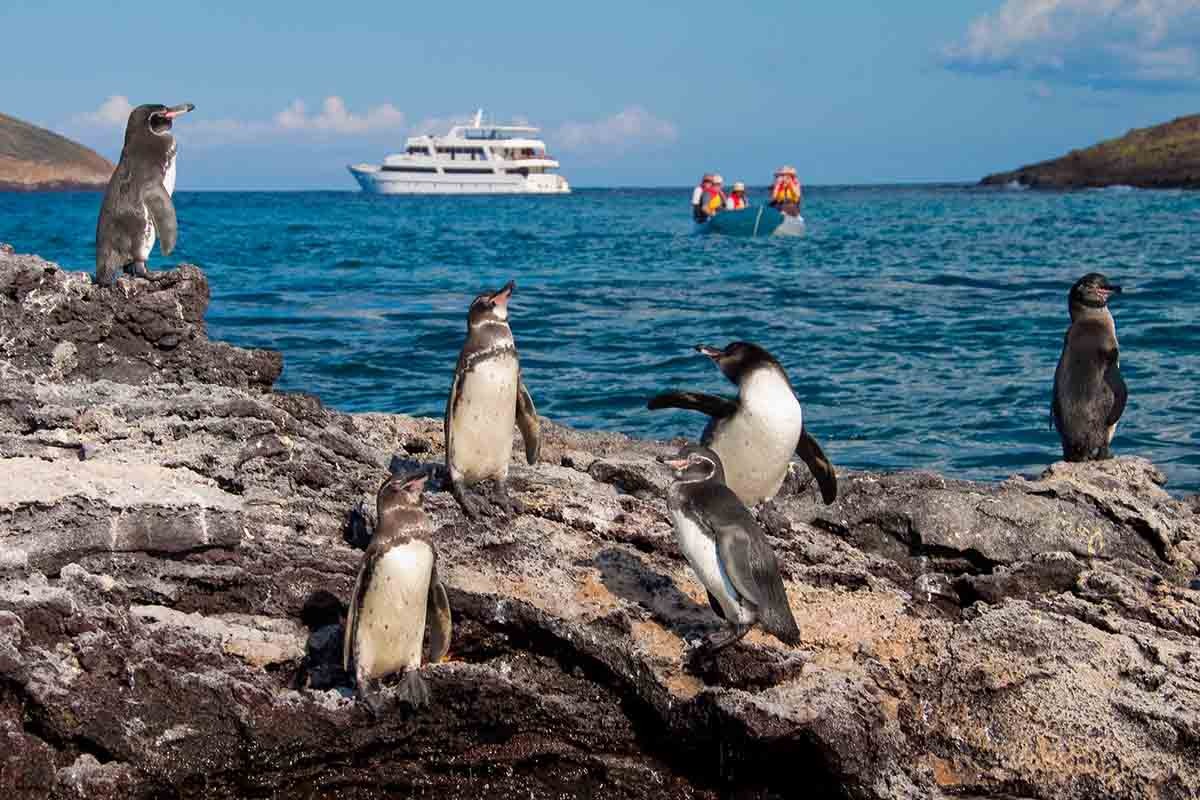Embark aboard the Galaxy Diver to explore the unique ecosystems of the Galapagos Islands, where dramatic volcanic landscapes meet rich wildlife encounters, offering unforgettable moments with giant tortoises, marine iguanas, penguins, and blue-footed boobies.
Day by day
Map

Preview

Preview

Preview
Cruise Includes
Airport assistance on the cruise departure dates
Transportation and fuel surcharge in the Marine reserve of Galapagos
Accommodation in single or double cabin according to your booking
2 Bilingual Dive Masters
Personalized crew service
All meals during the cruise, from lunch on the first day to breakfast on the last day.
One snack after each activity (except last day)
Welcome cocktail
Unlimited purified water, coffee and tea
All visits, excursions & activities according to the itinerary
Transportation Airport-Channel / Channel-Airport (Lobitos Bus)
Docks use and ferries.
Shampoo, hair conditioner, and soap for daily use
Beach towels
Weights & Belts
12L aluminium Tank
Nitrox use
Surfer Marker Buoy
Nautilus Lifeline
Cruise does not include
International flights to/from Ecuador
Galapagos Islands airfare from/to mainland (Quito or Guayaquil)
Galapagos National Park entrance fee ($200 per person)
Transit Control Card ($20 per person)
Alcoholic drinks
Tips and gratuities
Personal expenses
Travel insurance (Highly recommended)
Dive Equipment (wetsuit, BCD, regulator, fins and booties)
Diving insurance (DAN recomended)
Insurance for equipment
Optionals (hood, gloves, reef hooks)
Nitrox course
Highlights
Trek across ancient lava fields at Sullivan Bay
Snorkel with penguins, turtles, and reef sharks
Observe giant tortoises in their natural highland habitat
Discover flamingos and marine iguanas at coastal lagoons
Witness colonies of blue-footed boobies and frigatebirds on Seymour Island

Preview
From USD 7100,00 Per person